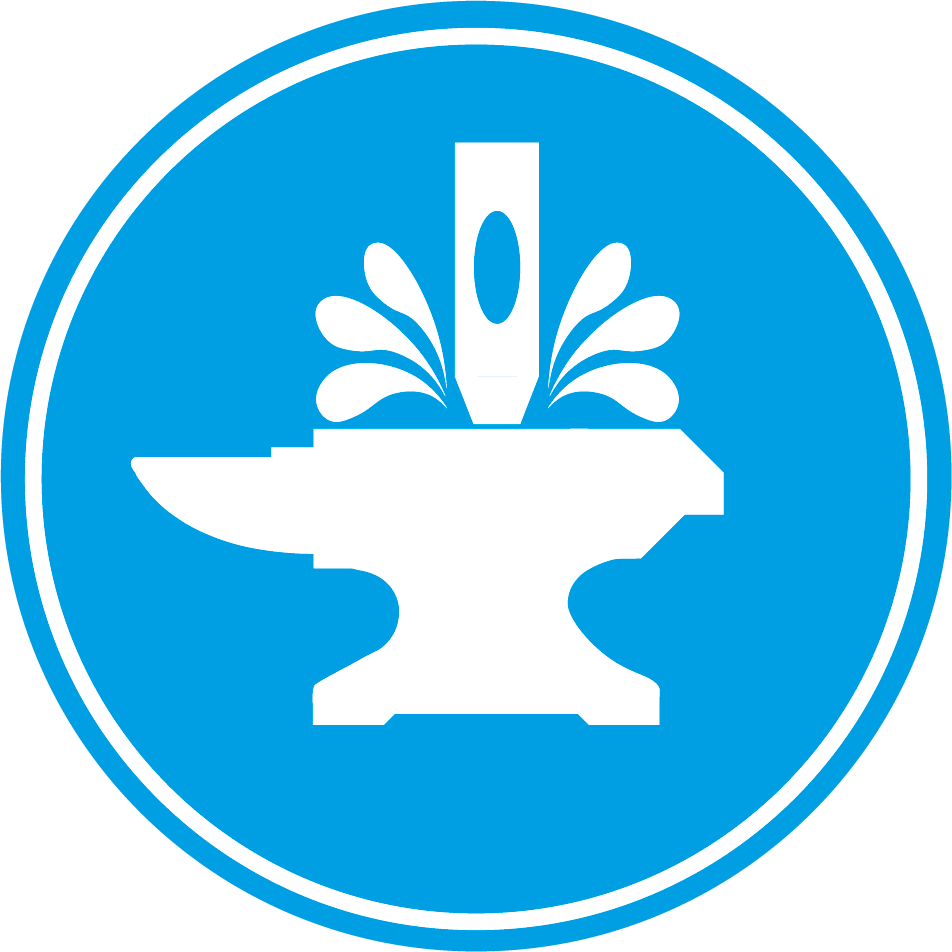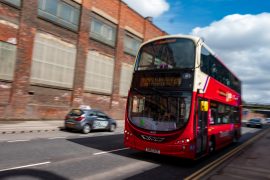Passing your driving test is often a worry to learner drivers but there are five simple rules you can follow which will, along with training and practice, get you the result you are looking for. At the end of the day all the driving test examiner is looking for is a safe drive. If you focus on making sure it’s as safe as possible you’ll get the coveted driving test pass certificate.
Lets take a look at Nick’s 5 rules for a test pass.
1) Don’t just think it’s safe, know it’s safe.
One of the most common faults on the driving test is issues with observations. As I’ve said above, all the examiner wants to see is a safe drive. How can it be safe if you don’t know what is around you?
Timing of mirrors is often something that learner drivers struggle with but it’s very simple. Any time you are going to do something which might affect another road user, you need to know what’s around you.
Changing speed? Check your main mirror to find out what’s behind you and your right mirror to find out what’s overtaking you. Changing direction? Main mirror again, know what is behind you, then check the mirror on the side of the car you are steering towards. This includes lane changes!
I sum it up really simply. Any time you are moving your hands or your feet, move your eyes first.

2) Protect your space.

This rule follows on from the one before. Once you’ve checked the space you want to put your car in, it is clear. So put your car in it! I’ve seen faults before where candidates have actually checked their mirrors properly but between the check and the movement, the situation has changed.
If you are turning left on your driving test and you’ve checked there isn’t a motorcycle on your left-hand side, move the car over a bit to make it more obvious where you are going. Vulnerable Road Users are well aware of the risk that a car presents and don’t want to be hurt. If they know what you are doing, they aren’t likely to put themselves in a position of danger. So, going back to the old MSM routine, you’ve mirror-checked, so now signal and manoeuvre.
3) Stay left unless there is a reason to be right.
When you have multiple lanes available it can be so easy and inviting to sit in the right-hand lane. A lot of this comes from the popular names for the lanes.The Slow Lane on the left and the Fast Lane to the right. This is an example of where the popular way of doing things isn’t the right one!
The left-hand lane of any road with more than one lane going in the same direction is the TRAVELLING LANE, not the slow lane. Any additional lanes to the right are the OVERAKING LANES, not the fast lanes. The same speed limit applies to all the lanes, (unless it is a smart motorway and the signs say otherwise).

If you don’t have a reason to be in the right-hand lane, don’t be. A lot of faults for ‘Position for Normal Driving’ on the driving test come where a candidate has put themselves in lane 2 when lane 1 would do. If another car passes you on the left-hand side, they have undertaken you; that’s an illegal action. You will fail as a result.
That might seem unfair but think of it like this. If you had made the correct lane choice, could the other driver have carried out the unsafe and illegal act of passing you on the left?
4) When you are ready and it’s safe to do so…

That right there, that’s pure DVSA speak. All the driving test examiners say it when they want you to move off. The keywords are there, right at the beginning.
WHEN YOU ARE READY
Often candidates are under the mistaken impression that the examiner expects them to react instantly to their every instruction. This isn’t the case.
They aren’t expecting the professional drive of the experienced road user. Of course, they know that you are driving for the first time ever without the safety net of someone who will pick up the mistakes before they become dangerous. It is expected that you will be a little slower than they would be.
There is a fine line here, whilst the examiner isn’t expecting immediate action, waiting too long can be seen as undue hesitation. Taking a few seconds to muster your thoughts isn’t hesitation. It’s reasonable and the examiner won’t mark you down for that.
5) Drive the road you see, not the road you know.
Whilst most candidates will go to their local test centre, some travel a long way to take their driving test. The examiners have to take this into account to provide a fair test to all who present. That means that they cannot allow for local knowledge.
Handsworth, our local test centre, has a section of road where everyone local knows well. You need to be in the right-hand lane to continue to follow the road ahead. A lot of experienced road users will therefore put themselves in that lane early. Doing this on your test will result in a fault.
The reason is quite simple. Not everyone has that local knowledge.

Even if you know for sure that the road is going to require you to be in a different lane, wait until you can see the evidence of it. If the road layout requires you to do something different to the norm, the road markings or road signs will tell you. Wait for the road to tell you to do something. If that means you can’t get over, that’s fine; take the wrong turn safely rather than get faulted for being in the correct lane too early.
There is a lot more to driving than just the five rules above but working with your driving instructor you will have built the skills you need to succeed. These rules are simple prompts to help you remember the common problems in driving tests and avoid the pitfalls.
If you’ve chosen to learn with friends or family, spending a session or two with a trained instructor is a great way to prepare for your driving test.
To arrange your first driving lesson in our fully electric, automatic driving school car, contact Steel City Driver Training today.
Useful Links:






